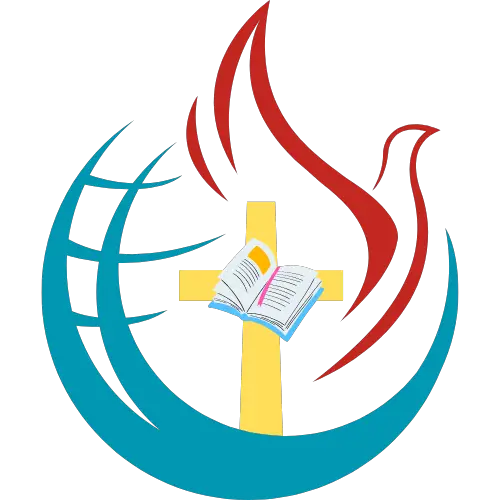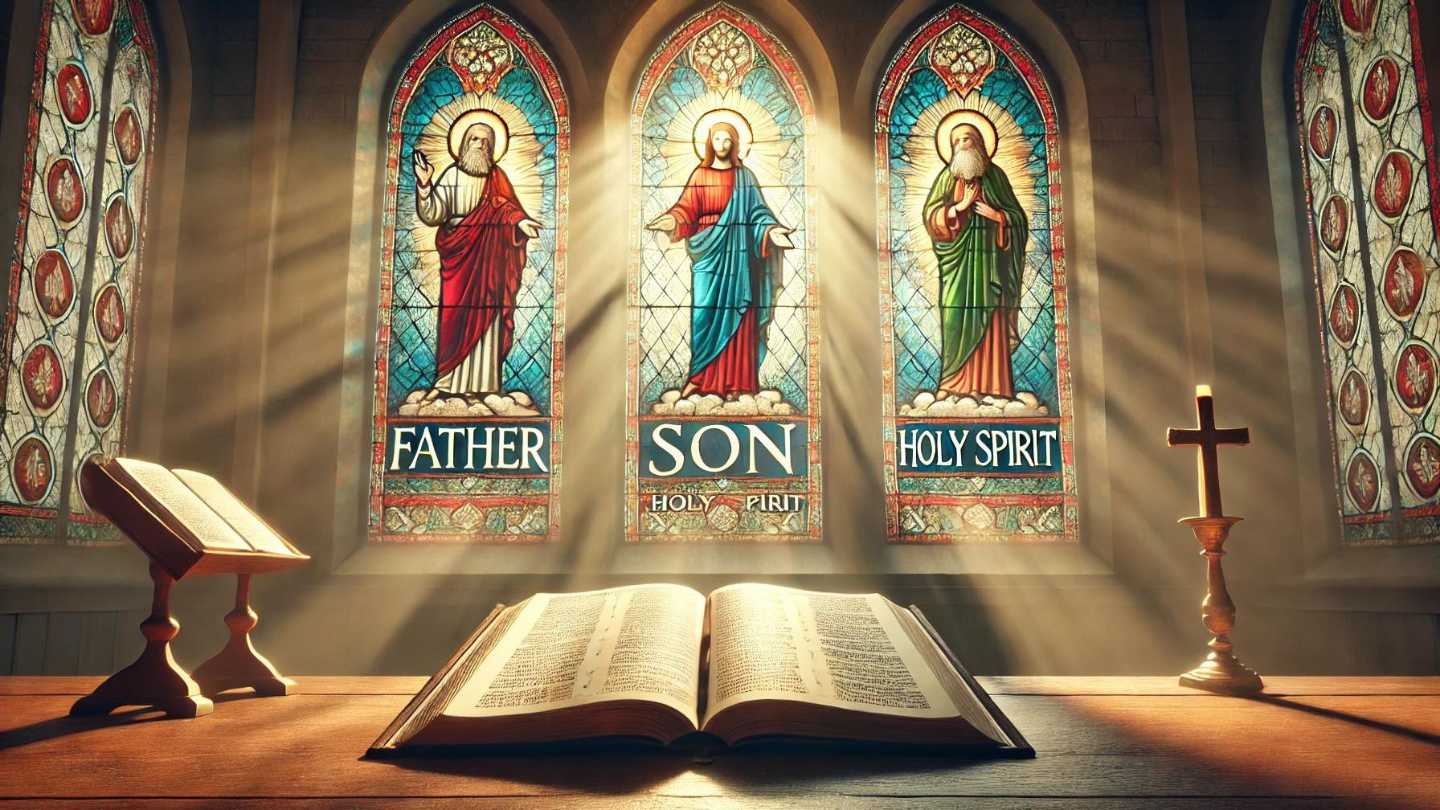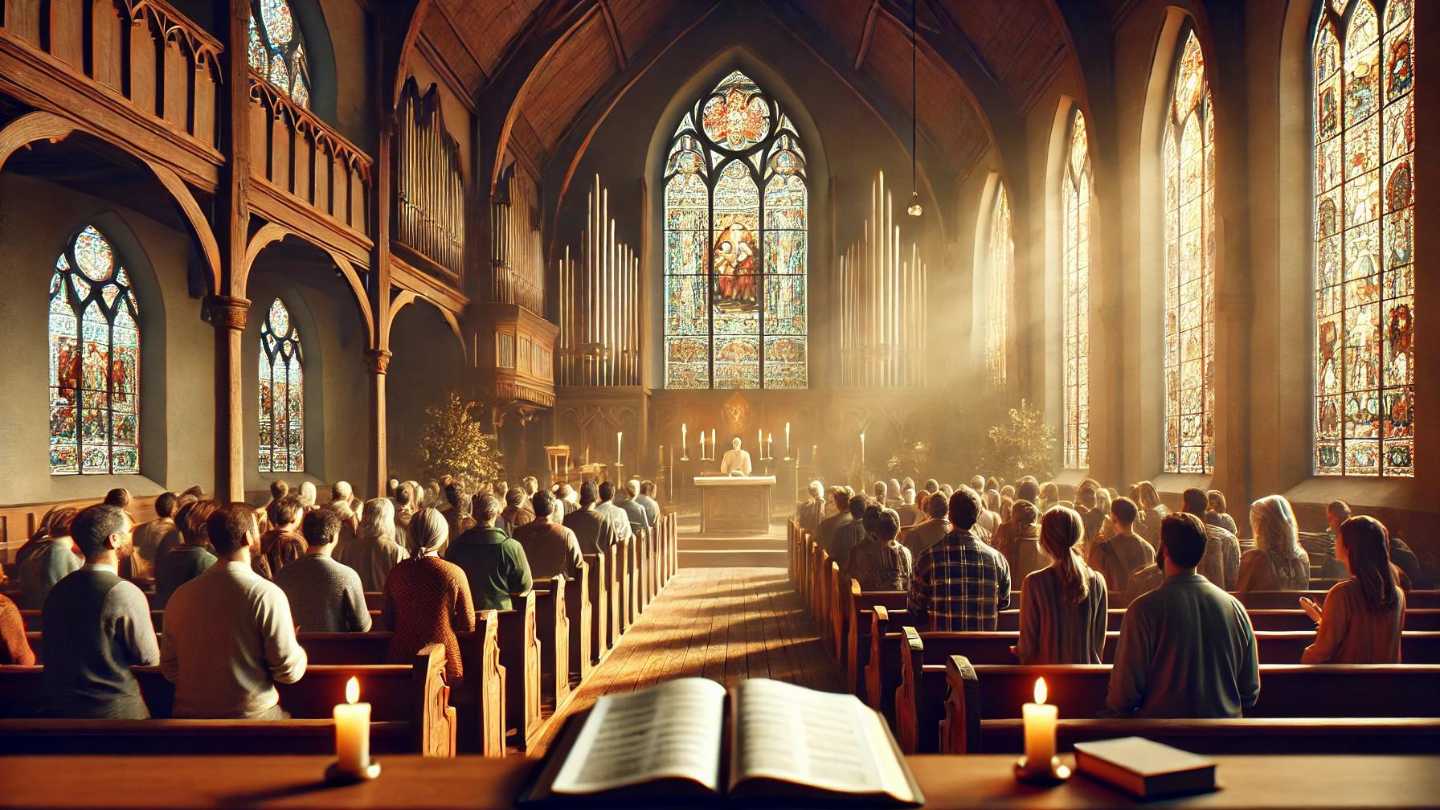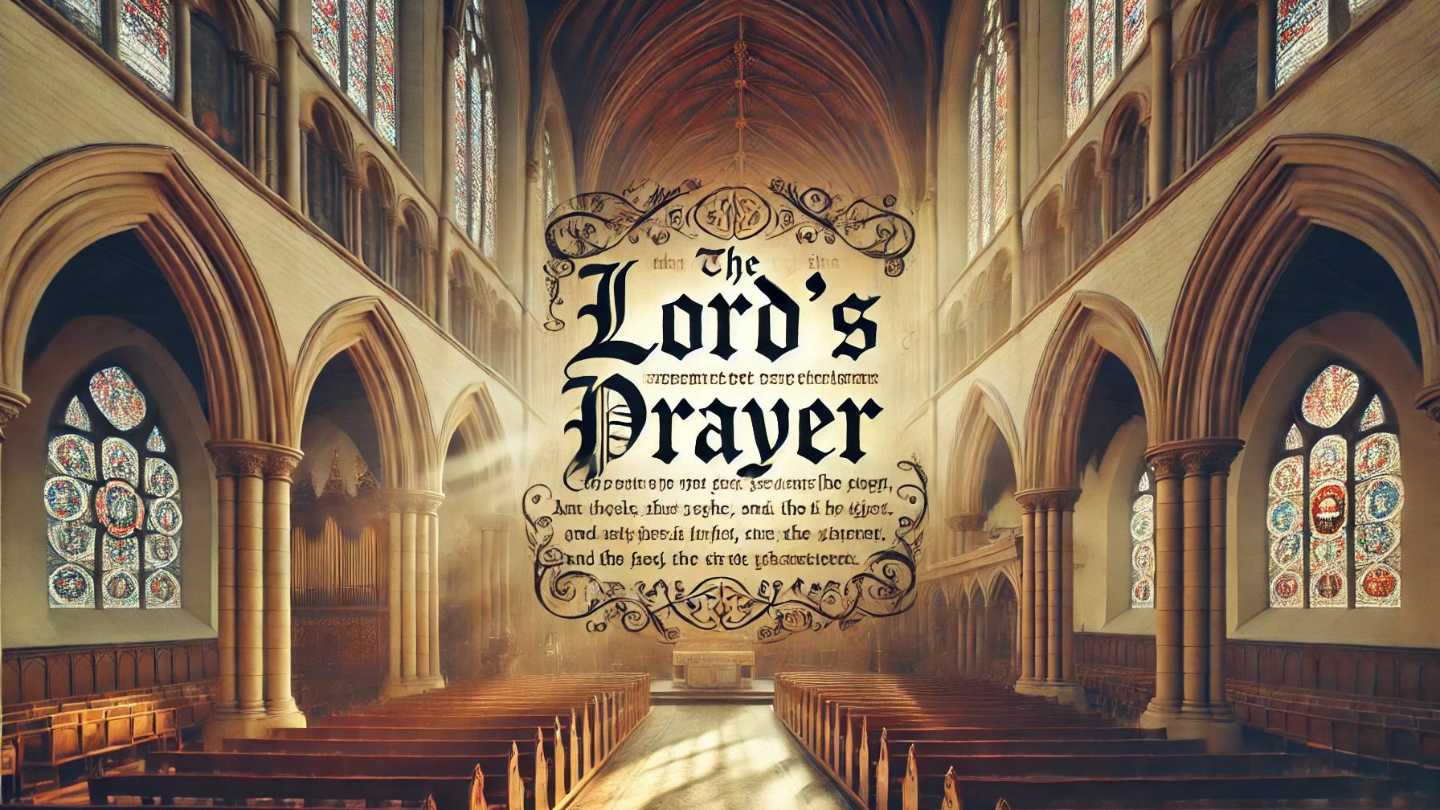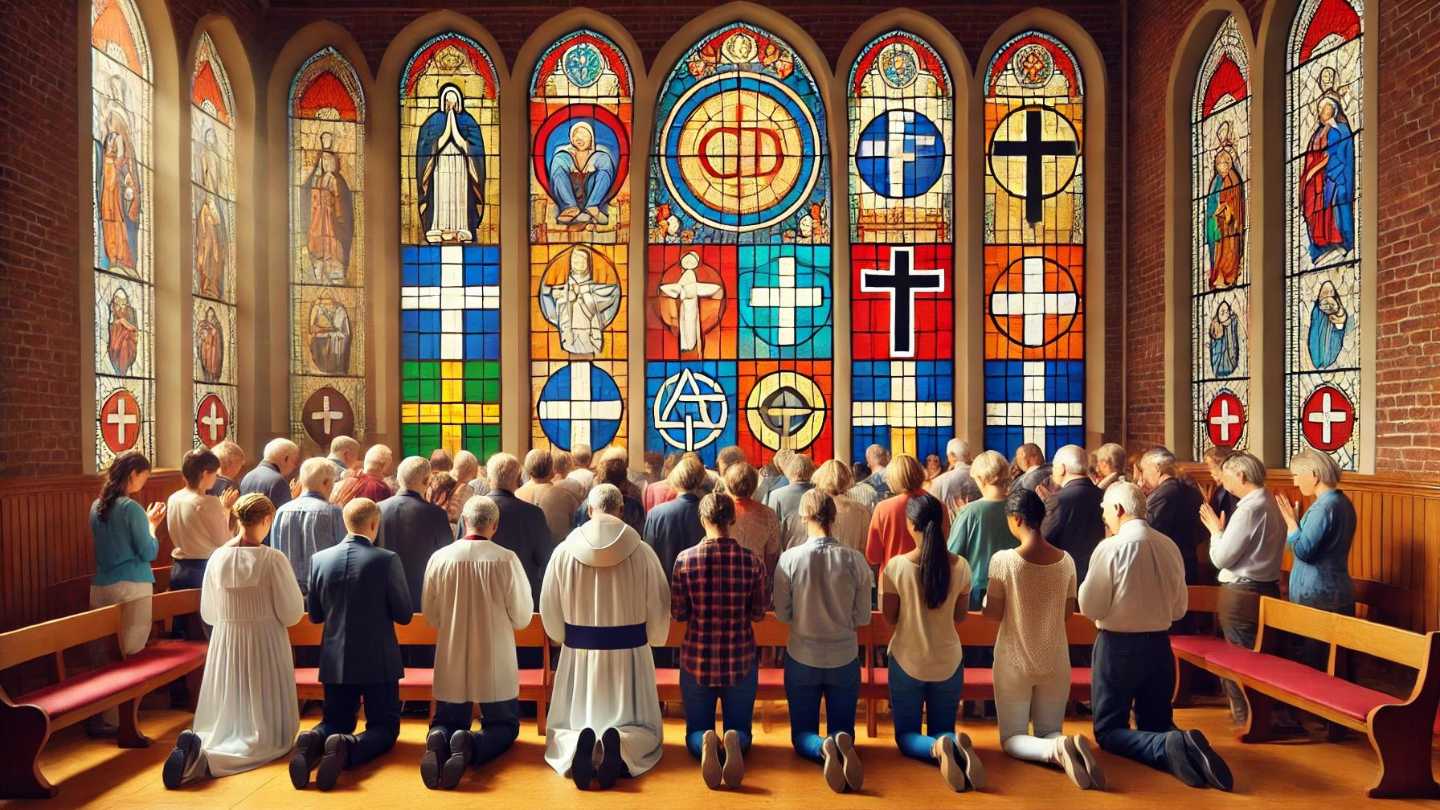The Lord’s Prayer, also known as the “Our Father,” is a cornerstone of Christian worship and devotion. Its simple yet profound words have resonated with believers for centuries. Beyond its role in daily prayer, The Lord’s Prayer offers a rich theological tapestry that connects deeply with the Christian understanding of the Trinity—the Father, the Son, and the Holy Spirit. This article explores how The Lord’s Prayer reflects the theology of the Trinity, offering a deeper appreciation of its spiritual and doctrinal significance.
Understanding the Trinity
The doctrine of the Trinity is central to Christian theology. It articulates the belief in one God who exists in three distinct persons: God the Father, God the Son, and God the Holy Spirit. This triune nature of God is a mystery that transcends human understanding, yet it is foundational to the Christian faith.
The Father in The Lord’s Prayer
The opening address of The Lord’s Prayer, “Our Father who art in heaven,” immediately establishes the relational aspect of God as Father. This paternal imagery is crucial, as it invites believers into an intimate relationship with God. The term “Father” not only signifies authority and care but also underscores the first person of the Trinity. Jesus’ use of “Father” highlights the unique relationship between Him and God, inviting believers to share in this familial bond through prayer.
The Son in The Lord’s Prayer
Jesus Christ, the second person of the Trinity, is the one who taught The Lord’s Prayer to His disciples. The prayer’s petitions reflect the mission and ministry of Jesus. For example, “Thy kingdom come” echoes Jesus’ proclamation of the Kingdom of God. “Give us this day our daily bread” can be seen as a reference to Jesus as the Bread of Life, providing spiritual nourishment. Additionally, the plea for forgiveness, “Forgive us our trespasses,” resonates with the redemptive work of Christ on the cross.
The Holy Spirit in The Lord’s Prayer
While the Holy Spirit is not explicitly mentioned in The Lord’s Prayer, His presence is implicit throughout. The Spirit’s role is to guide and empower believers in their spiritual journey. The petitions for God’s will to be done, for daily sustenance, and for deliverance from evil all require the active work of the Holy Spirit in the lives of believers. The invocation of God’s kingdom and will speaks to the transformative power of the Holy Spirit, who enables believers to live in alignment with divine purposes.
The Trinitarian Structure
The structure of The Lord’s Prayer itself reflects a Trinitarian pattern. The prayer begins with adoration of the Father, moves to the needs of the community (mediated by the Son), and concludes with a plea for guidance and protection, which aligns with the work of the Holy Spirit. This structure underscores the unity and distinct roles within the Trinity.
Theological Implications
Understanding The Lord’s Prayer through the lens of the Trinity enriches its theological depth. It highlights the relational nature of God and the dynamic interplay between the Father, Son, and Holy Spirit. This Trinitarian perspective also enhances the believer’s experience of prayer, transforming it into a more profound communion with the triune God.
To make a long story short
The Lord’s Prayer is more than a set of petitions. It is a profound expression of the Christian faith that defines the theology of the Trinity. By addressing the Father, embodying the mission of the Son, and invoking the work of the Holy Spirit, The Lord’s Prayer invites believers into a deeper understanding and relationship with the triune God. As we recite this timeless prayer, we are drawn into the divine mystery of the Trinity, experiencing the fullness of God’s presence in our lives.
Related Articles
Author

Alona Smith is a devoted follower of Jesus Christ who believes that life’s true purpose is found in knowing Him and making Him known. She is passionate about sharing God’s Word with clarity and compassion, helping others see the beauty of the gospel of grace revealed through the Apostle Paul.
Grounded in Scripture and led by the Spirit, Alona seeks to live out her faith in practical ways—showing kindness, extending forgiveness, and walking in love. Whether serving in her local church, encouraging a friend in need, or simply living as a light in her community, she strives to reflect Christ in both word and deed.
